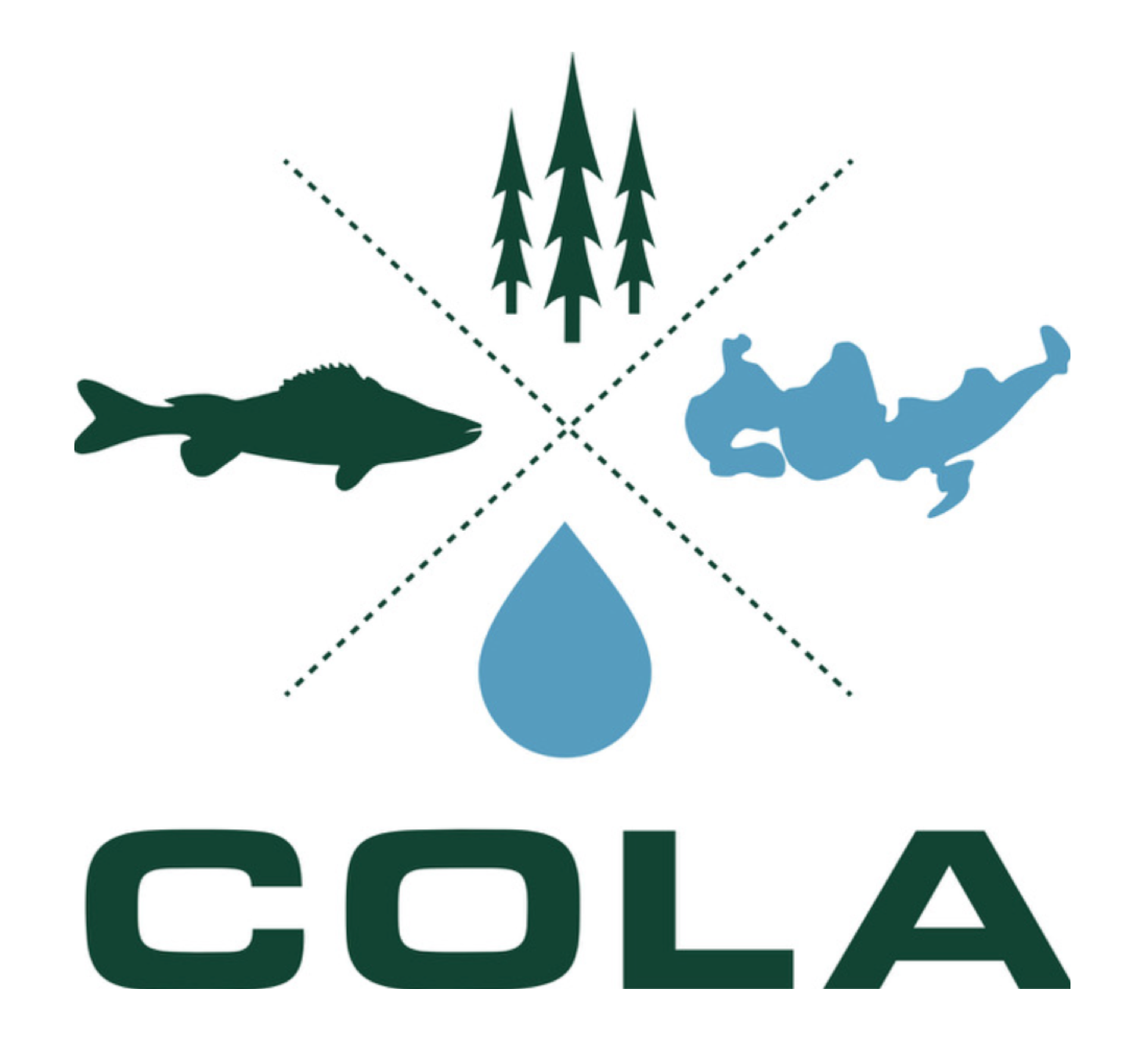Spring 2018 AIS Survey
The following report reviews the invasive weeds status in LCO in May, 2018.
James Scharl
Senior Biologist - Lake Services Manager, Wisconsin Lake and Pond Resource, LLC.
On Musky, Stucky, and Barbertown bay we used the pre-established sample locations from past surveys to look for aquatic invasive species (AIS) only, mainly curly-leaf pondweed (CLP) and directly sampled these spots. When travelling between areas we visually surveyed for AIS either growing or uprooted and floating on the water. In Little Lac Courte Oreilles we completed a meander survey where we jogged in and out around the entire perimeter of the lake while visually surveying and taking rake samples. Results for each area are as follows:
Musky Bay: Overall things looked pretty good. We did find 9 sample locations with active CLP growth (Figures 1-3). Most of these were located in the northeast part of the bay and included in a recommended treatment area of 5.0 acres. Here the growth was patches of CLP in shallow water. There were few natives nearby, mainly elodea, and no turions were present.
The other locations of CLP found appear to be single plants on the rake mixed in with a healthy diversity of native species. These spots, thought present, are too small to successfully treat and offer limited herbicide contact/retention time. Additionally, the density of CLP was very low, and we did not turn up additional plants with extra rake samples taken near them. We didn't record native species as it's much too early for many yet, but anecdotally we did see a fair amount more of fern pondweed (it was near 0 in past surveys).
Stucky Bay: When we first got in we saw a lot of plant material on the surface. Upon inspection it was topped-out fern pondweed, which can look like CLP at a glance but does not have toothed leaf edges and lacks the distinct mid-leaf vein along with having the leaves much denser and closer together. We did find a small population of CLP in about the same spot it's always been out from the channel (we did NOT survey the channel). The CLP here was low growing below the emerging lily pads and had some fern pondweed (Figure 4).
Barbertown Bay: This area had the coldest water of the three bays. There were some native pondweeds (large-leaf, white-stem, and fern) already emerged on the deeper portions of the Bay and out from Trails End's shoreline. We did find a band of CLP in very shallow water (~1.5 ft) that was still small, but abundant. We delineated this at 1.75 acres (Figure 5). The big surprise was, unfortunately, the presence of Eurasian water-milfoil (EWM). I located a group of two plants (both pulled & removed) at one of the locations indicated in red on the map. I checked the DNR's record and see it was observed in 2017, but it has not yet been verified. I have the plants yet and can send in to Mark Sundeen if he'd like. Attached also is a picture of the plants we found. After looking closely, we did not locate any additionally EWM.
Little Lac Courte Oreilles: The good news: we found no CLP. The bad news: we found a good amount of EWM - approximately 3 acres (Figures 6-7). The EWM was found in two locations and in a narrow band in each location, adjacent to deeper water. Density ranged from scattered single plants to moderately dense clumps. Area A was where I first found it a few years ago. Since then, it has expanded and should be managed this year. Many of the natives were already up and growing, intermixed within the EWM.

